Living on the moon with an embedded video and vocabulary practice in real context to practice reading and listening comprehension
Lecturer, author or publisher: Alex Gendler on TED-Ed YouTube Channel
Video of Living on the Moon
Reading practice on living on the moon
You roll out of bed and leap eight meters across your underground habitat. The gray water from your sink drains into a small greenhouse where your vegetables grow. After suiting up, you head through a transport chute to inspect the generator. Outside, it’s pitch-black – just as it’s been for the last 12 days.
This isn’t some post-apocalyptic scenario; it’s just another day of life on the moon, and with the European Space Agency’s idea to establish a functioning moon camp by the 2020s, that day may be closer than we think.

Of course, living on the moon won’t be easy. The camp envisioned is not so much of the village as an inhabited research base, similar to those in places like Antarctica, but there are far greater obstacles to living on the moon than just cold weather. The biggest is cosmic radiation. Unlike the Earth, the moon has no atmosphere and no magnetic field. A person on its surface can receive over 400 times the maximum safe dosage of heavy ion radiation; enough to be fatal within 10 hours, even in a spacesuit.
The first step would likely involve robots and 3D printers constructing covered habitats from lunar soil, or building shelters inside caves formed by lava tubes from the moon’s volcanic past. But what would the inhabitants live on?
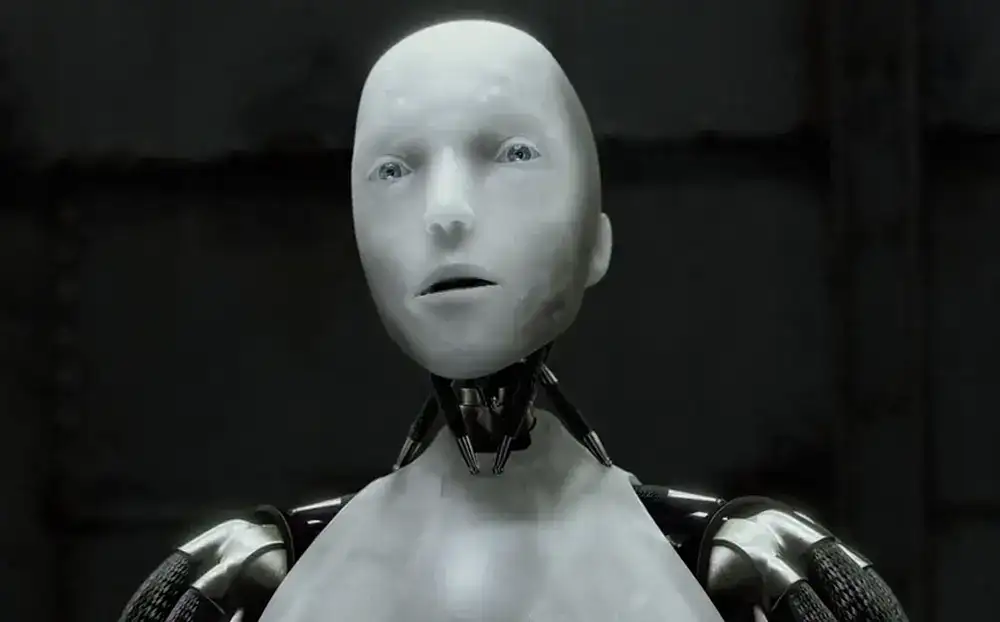
Supplies would need to be transported from Earth at first. Growing plants require greenhouse soil and air rich in carbon dioxide, a gas that’s rare on the moon, but could be synthesized from recycled materials. A water treatment plant could be supplied by ice mined from the polar regions using a specialized drill that can bore 2 meters beneath the surface.
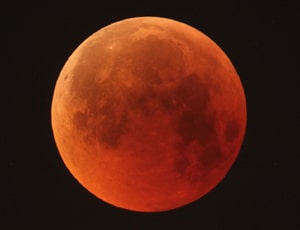
Friendly bacteria and viruses necessary to the human microbiome and immune system would also have to be imported or synthesized on site, and lunar inhabitants would have to exercise four hours a day to maintain bone and muscle mass. That’s because the moon’s gravity is just one-sixth that of the Earth, and the everyday strain of working against gravity is part of what keeps our bodies healthy.

It might seem strange to go to all this trouble to build a base on a dead rock we’ve already visited but NASA’s Apollo missions only explored small portions of the moon. We’ve made many discoveries since then, such as ice near the poles and particles of solar wind gases that date back billions of years. They collectively show that the moon has much more to teach us about the history of our solar system.
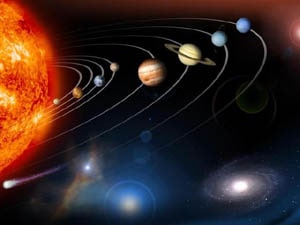
A radio telescope on its far side could observe the cosmos shielded from the Earth’s electromagnetic interference, and the lunar surface is rich in minerals, like silicon, aluminum and magnesium, creating great economic potential for mining, but the biggest benefit of the moon camp may not lie on the moon but beyond it.

With the nearest possibly habitable world light-years away, and the International Space Station to be retired in about a decade, a moon base will be our first foothold towards becoming an interplanetary species, and proposals such as the Deep Space Gateway envision launching future missions from lunar orbit. The smaller gravitational pull would require less fuel to overcome, allowing for larger ships and more cargo.
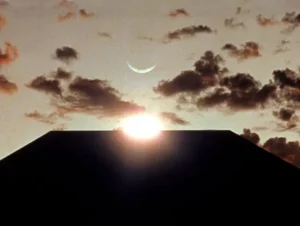
Meanwhile, the base on the surface could serve as a testing ground for future space operations, a refueling station, a supply depot, all in one.
With Europe, Russia, China and the US expressing interest in the project, the moon camp may come to involve the space agencies of all major nations as well as private companies. Within a few decades, the moon may be bustling with mining operations, research stations and tourists routes alongside a construction yard under an orbiting space port.
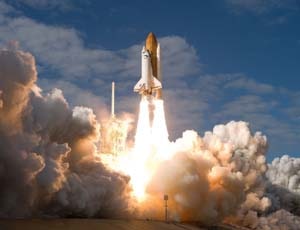
We may have already visited the moon, but now we’re closer than ever to making it part of humanity’s home.
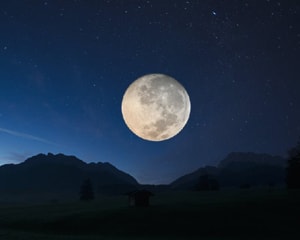
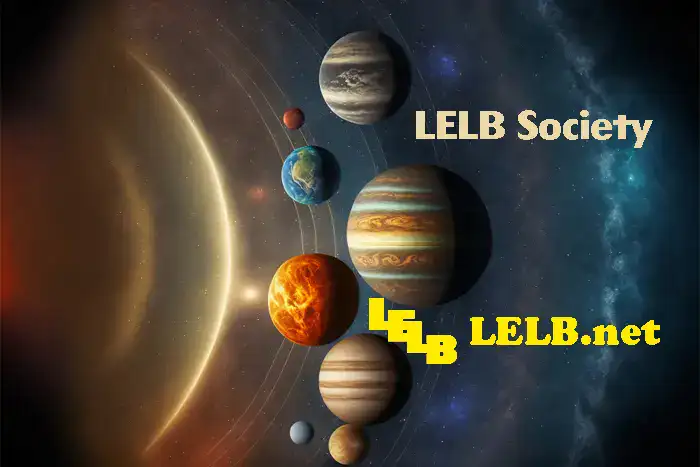
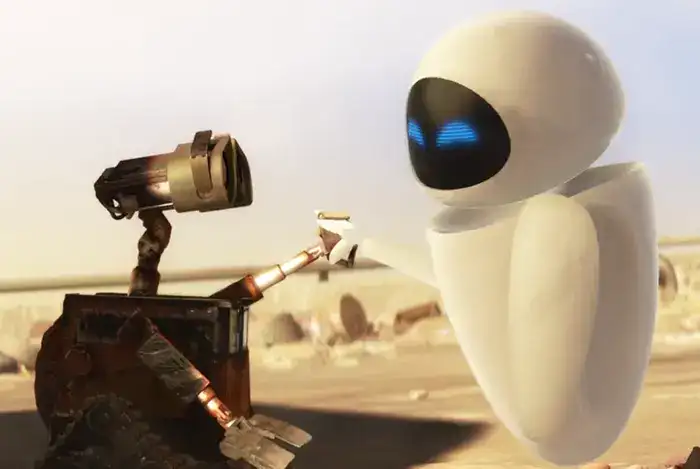
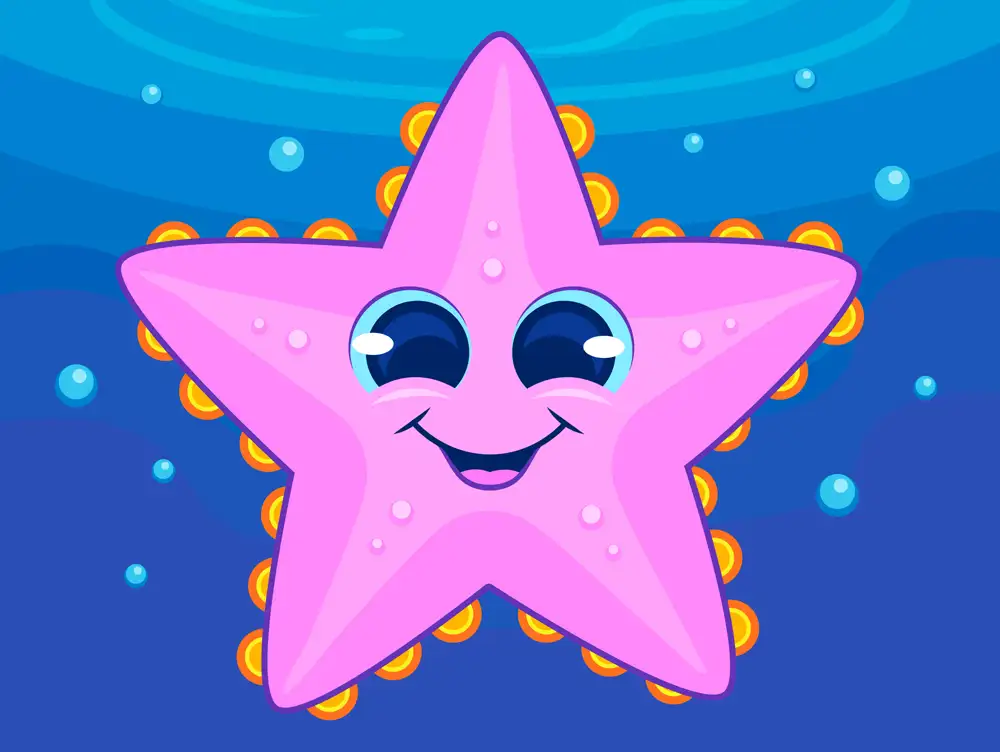
It’s really interesting for me to know that there is some holes on moon that were made so many years ago. And NASA’s Apollo missions only explored small portions of the moon. And the acceleration of gravity on moon is 1.6 but on earth is 9.8.
Yeah, all these points are quite fascinating about the moon. In addition, the moon is drifting away from the earth a couple of inches per year.
I really enjoy these Ted-ed videos. They are truly interesting and informative. The subject of “space and astronomy” has always been appealing to me. The idea of living on another planet or somewhere else in the solar system is very exciting to me.
I agree. Living on the moon is quite fascinating and there’s been a fierce competition among some nations, namely the USA, China, and Russia, in making as much progress as possible in this field.
2. How many hours is doing exercise necessary on the moon? Why?
Thanks for your question. It’s better to reword your question in this way:
How many hours of exercise per day are necessary to maintain health on the moon?
1. What is the biggest obstacle to living on the moon? And how can we overcome this obstacle?
Thanks for your question about living on the moon. I’ll be discussed in the class.